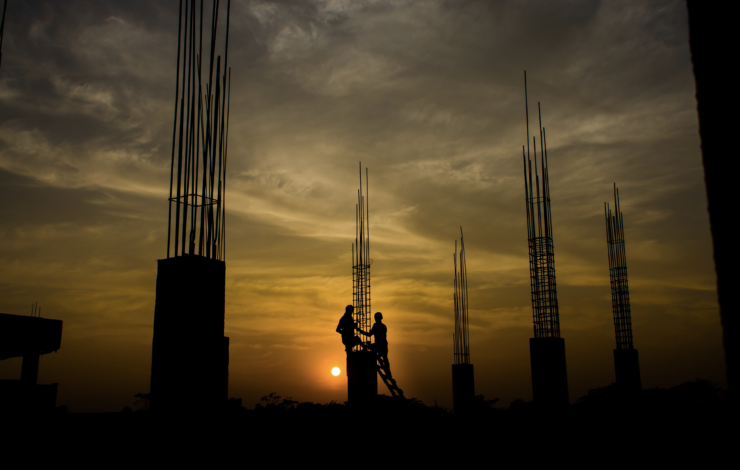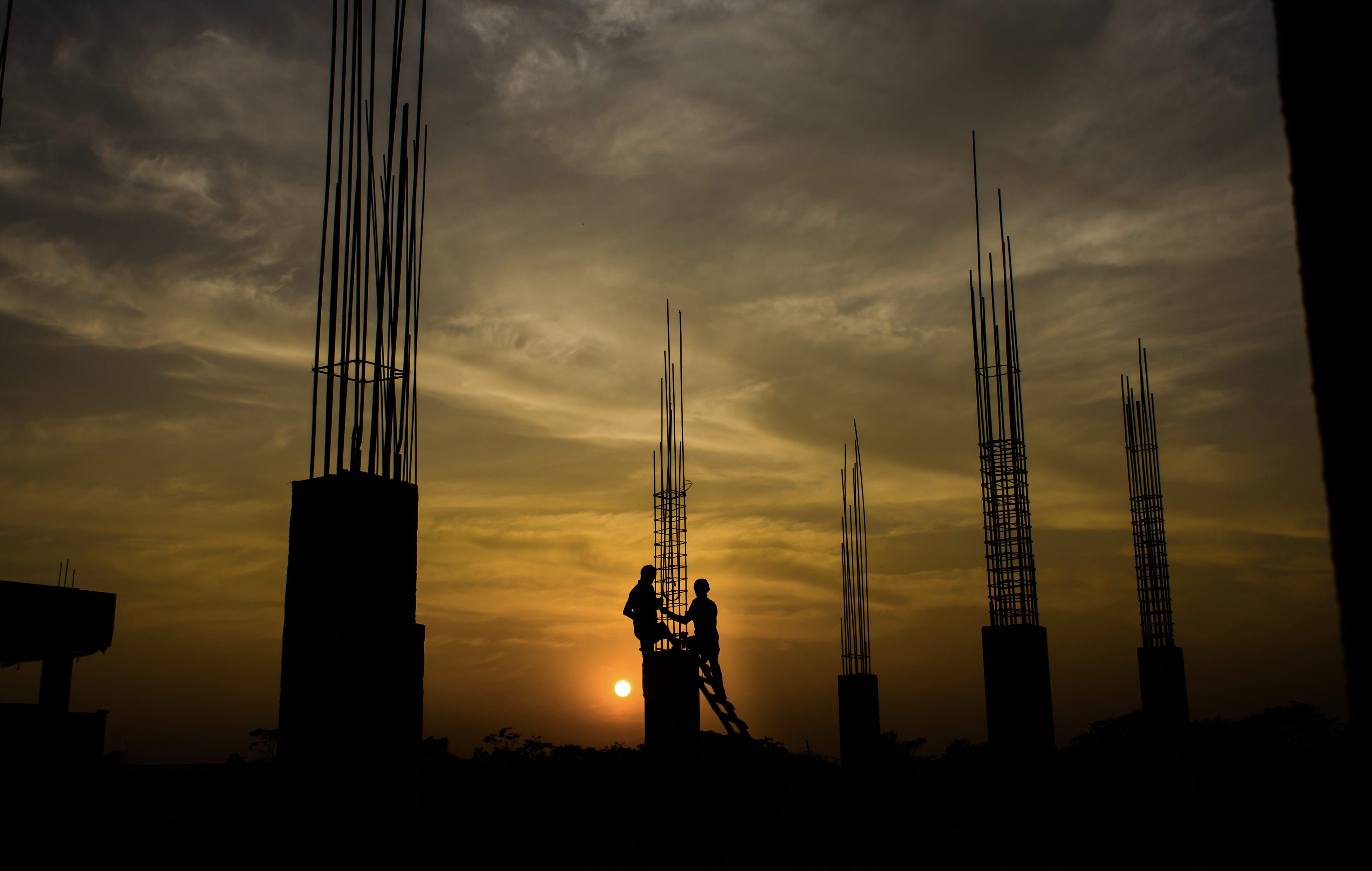Documentation
“Balancing Passion and Inclusivity: Navigating the Complex Terrain of Environmental Activism” – Laura Calabrò

The issue of overbuilding is a critical concern in contemporary society, highlighting the urgent need for sustainable development and environmental conservation. This topic has been passionately discussed by Charlotte Malterre-Barthes, whose approach to addressing overbuilding sparked both admiration and controversy in me. Malterre-Barthes, known for her persistence and commitment to environmental issues, adopts a stance that some consider radical and sometimes difficult for the broader public to engage with. While her dedication to fighting overbuilding and advocating for sustainable urban planning is commendable, the perceived radicalisation of her message can pose challenges to its broader acceptance and effectiveness.
The dialogue around environmental activism and the methods used to convey urgent messages is complex. On the one hand, strong beliefs and a steadfast commitment to environmental causes are essential in drawing attention to critical issues like overbuilding, climate change, and unsustainable development practices. On the other hand, when these beliefs are presented in a manner that is not open to discussion or appears inapproachable, they risk alienating those who are not already aligned with the cause. This dichotomy is evident in the broader environmental movement, particularly in instances where climate activists resort to damaging artwork to make a statement. Such actions, while rooted in a deep concern for the planet, can be perceived as extreme and may not effectively engage those outside the immediate circle of climate activism.
It is crucial to recognise the importance of spreading awareness and taking action against environmental degradation and overbuilding. The current environmental crisis demands urgent attention and collective action. However, the methods employed to engage the public and advocate for change play a significant role in the success of these efforts. Advocacy that leans towards the more radical end of the spectrum often appeals to a narrower audience, potentially missing the opportunity to engage with a broader section of society that is crucial for achieving widespread change. It is here that the strategy of outreach and awareness-raising faces a significant test: balancing the urgency of the message with the need for inclusivity and dialogue.
Engaging in climate protests and striving to minimise one’s ecological footprint are commendable actions that demonstrate a commitment to environmental sustainability. These efforts, along with those of dedicated activists like Malterre-Barthes, are vital in the fight against overbuilding and climate change. Yet, to foster a more inclusive and effective environmental movement, there is a need for strategies that are open to dialogue and capable of engaging a diverse audience. While the intensity of belief and the urgency of action are necessary, they must be coupled with approaches that encourage discussion, understanding, and collaboration across different segments of society.
In conclusion, the fight against overbuilding and the broader battle for environmental sustainability are more pressing than ever. The dedication of activists like Charlotte Malterre-Barthes is invaluable in bringing these issues to the forefront. However, for the environmental movement to achieve its goals, it must find a way to engage with a wide range of stakeholders in a manner that fosters dialogue, understanding, and collective action. By adopting strategies that are both passionate and inclusive, it is possible to build a broader coalition for change, one that encompasses a wide spectrum of society and leverages diverse approaches to address the environmental challenges of our time.

